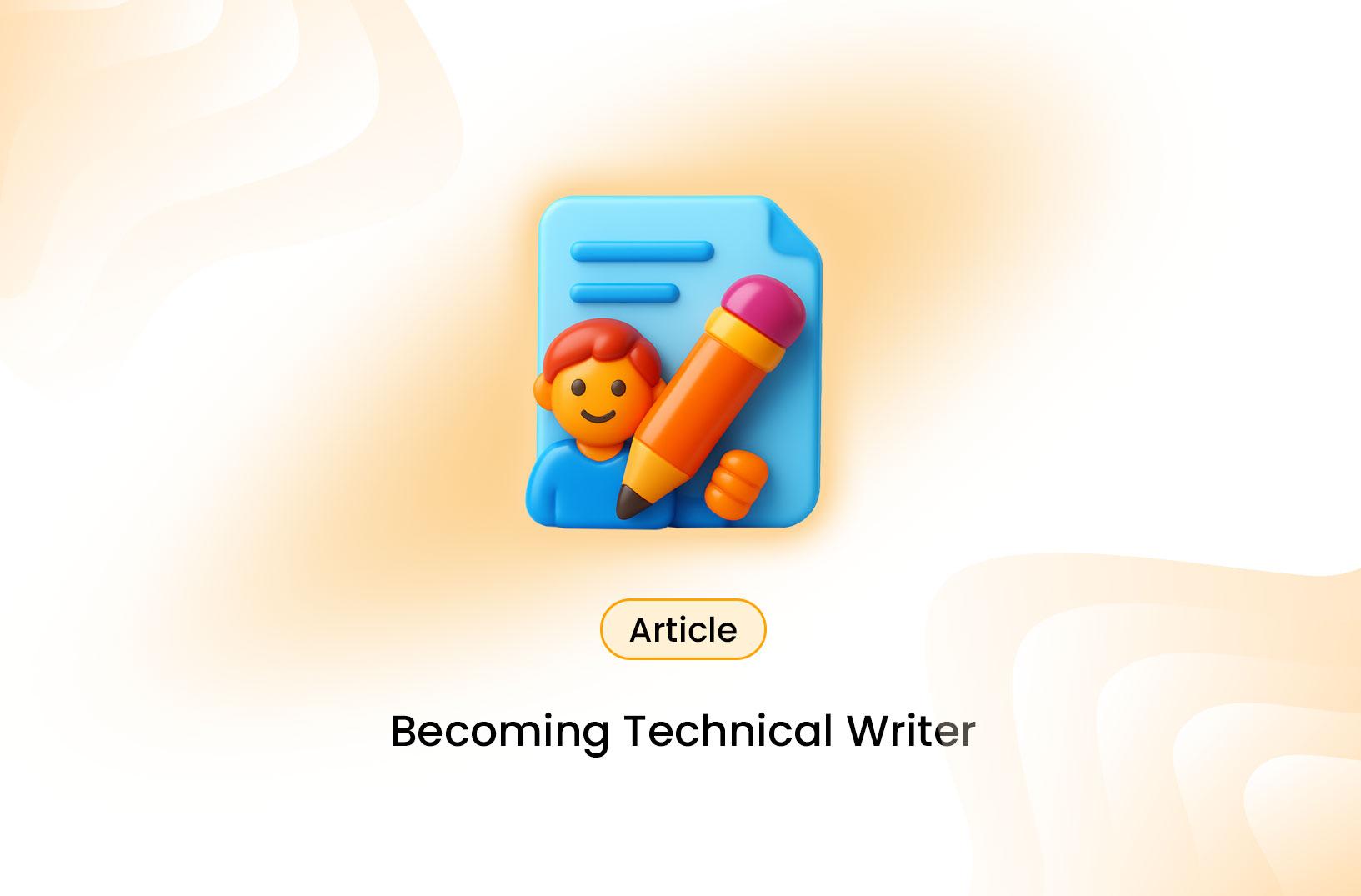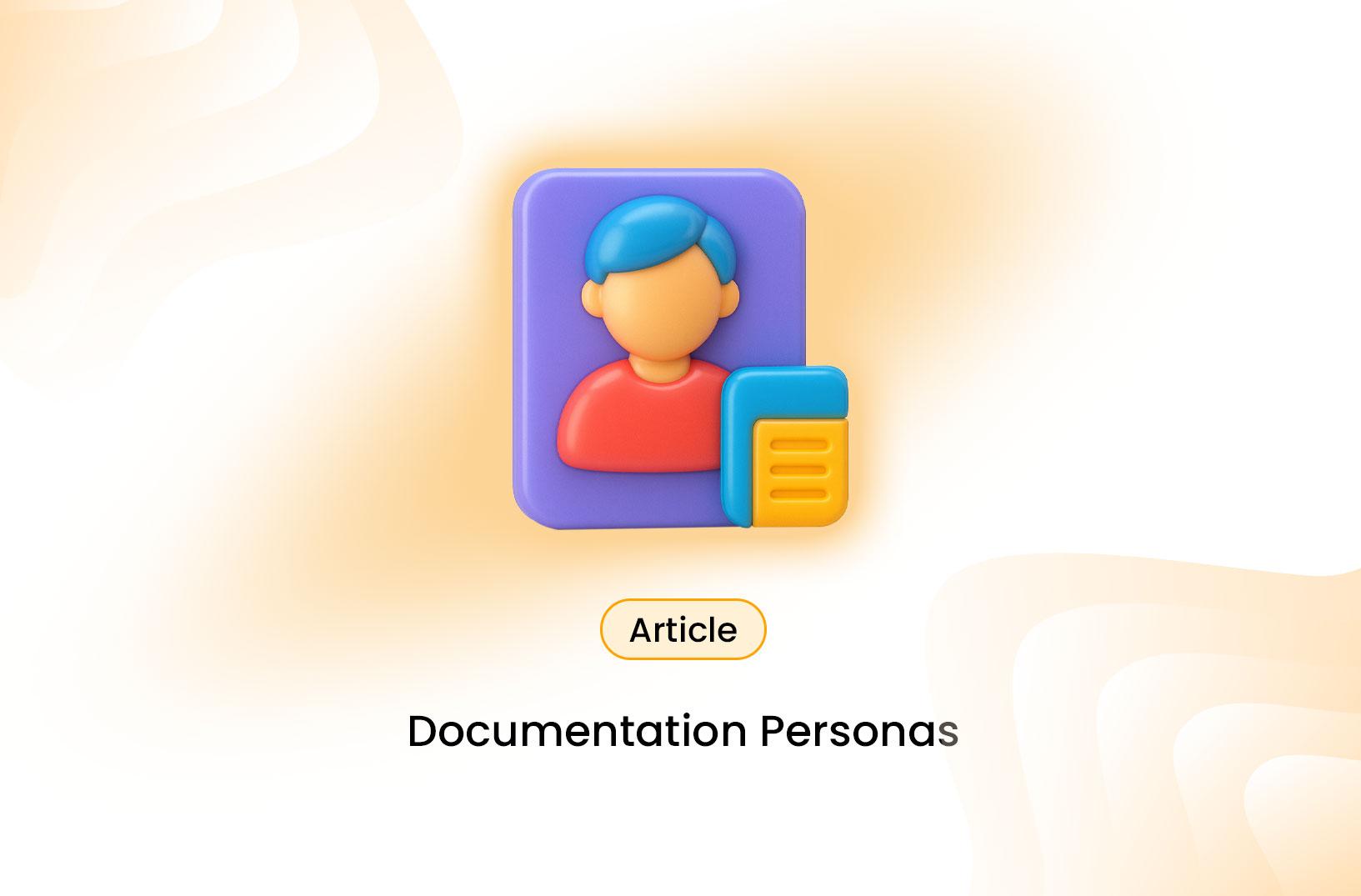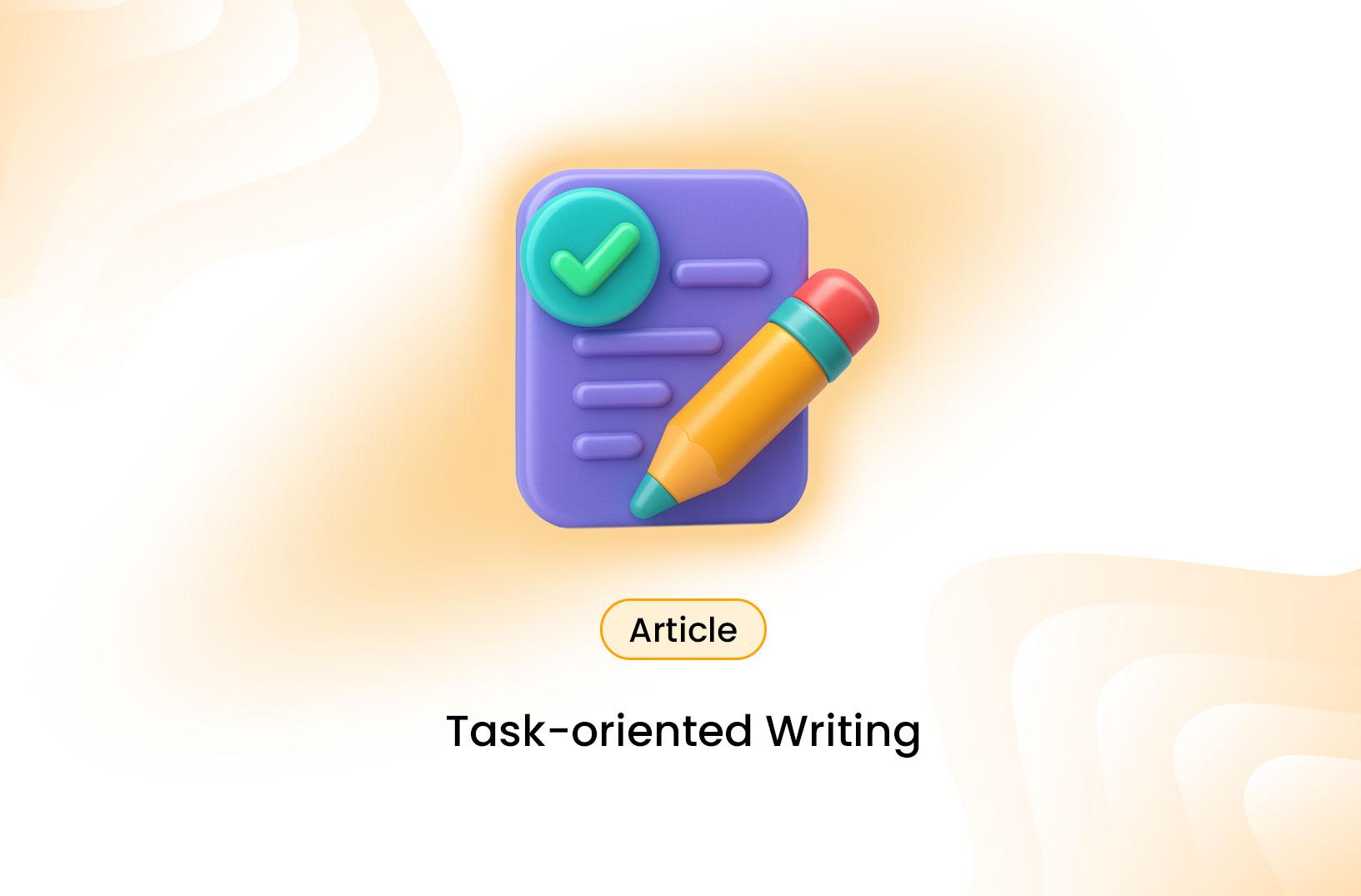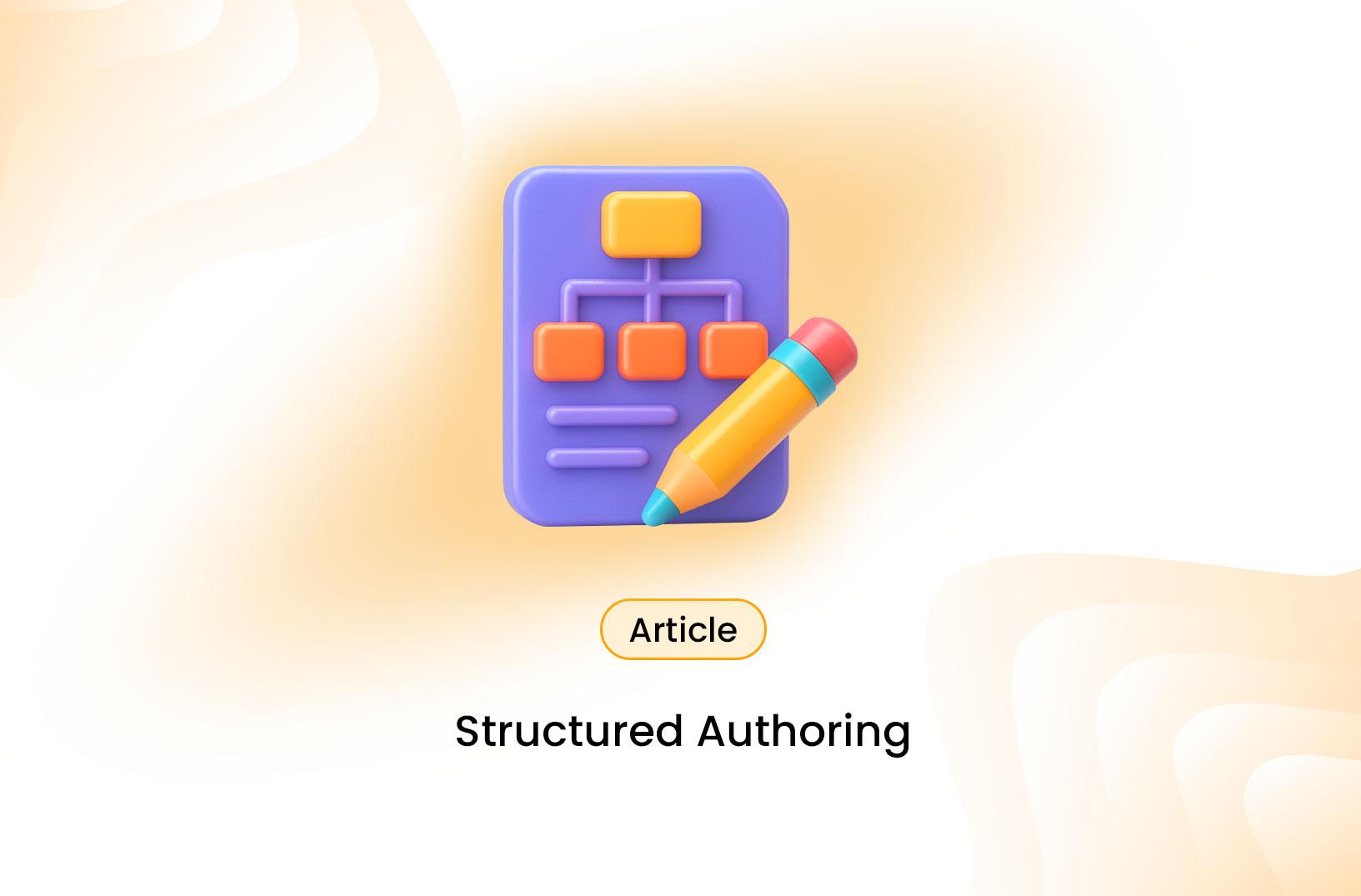Understanding the Role of a Technical Writer
A technical writer transforms complex technical information into clear, accessible content—such as manuals, guides, API docs, or SOPs. They act as the bridge between experts and users, ensuring documents are precise, user-friendly, and fit their target audience’s needs. Technical writing is especially prominent in industries like software, healthcare, engineering, finance, and biotech.
Essential Steps to Becoming a Technical Writer
Step 1: Get Educated
A bachelor’s degree in fields like English, journalism, communications, or technical disciplines (e.g., engineering, IT, medical sciences) enhances job prospects. Employers often value this combined background.
Step 2: Consider Certifications & Courses
While not mandatory, certifications—such as the CPTC (Foundation, Practitioner, Expert) offered by the Society for Technical Communication—can strengthen your credentials. Industry-specific certifications like those from AMWA are especially valuable in niche areas.
Step 3: Build a Strong Portfolio
Compile clear writing samples: user guides, how-to articles, or software instructions. Even self-initiated projects or spec work provide valuable proof of skill. Present your work via personal blogs, portfolio platforms, or websites.
Step 4: Sharpen Key Skills
Effective technical writers combine:
- Technical Writing & Editing — Deliver concise and structured documentation
- Research & Collaboration — Gather accurate data and work with experts
- Tech Savvy — Familiarity with HTML, Markdown, CMS tools, or authoring software
- Attention to Detail & Adaptability — Ensure accuracy and clarity in all formats
Step 5: Gain Practical Experience
Internships, apprenticeships, or freelance opportunities help. Contributing to open source projects provides hands-on practice and exposure.
Step 6: Build Your Network
Engage with professional organizations like STC or AMWA, attend conferences, and join online communities. Networking can lead to mentorships and meaningful job referrals.
Step 7: Stay Current
Keep learning new tools, technologies, and industry standards. Follow tech trends, practice writing regularly, update your portfolio, and seek feedback
Career Outlook & Advancement
- Salary Expectations: Median salaries vary widely. A 2025 report shows $91,670 median in the U.S., with variations depending on location and specialization.
- Job Growth: Projected growth ranges from 4% (2023–2033) to 11% (earlier projections), indicating stable demand.
- Career Progression: Writers may advance to Senior Technical Writer, Manager, Instructional Designer, or pivot to related fields like business analysis or training
Quick Reference: Becoming a Technical Writer
| Step | Key Focus |
|---|---|
| 1 | Degree in writing or technical field |
| 2 | Optional certifications (e.g., CPTC, AMWA) |
| 3 | Build portfolio with writing samples |
| 4 | Develop writing, research, and technical skills |
| 5 | Gain experience via internships, freelance, open source |
| 6 | Network via associations and industry events |
| 7 | Continuously learn and update your craft |
Conclusion
Becoming a technical writer blends communication skills, technical understanding, and audience awareness. Focus on building your foundation through writing practice, project experience, and professional connections. Over time, your work—backed by a robust portfolio and evolving skills—can lead to rewarding career growth.




